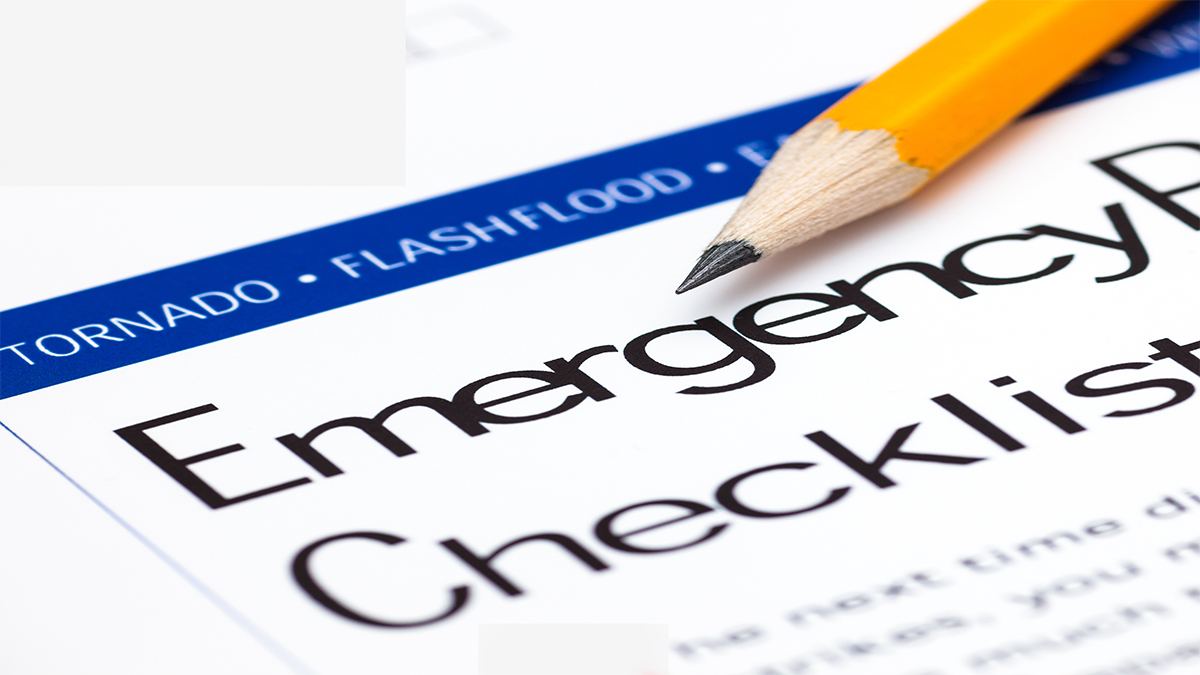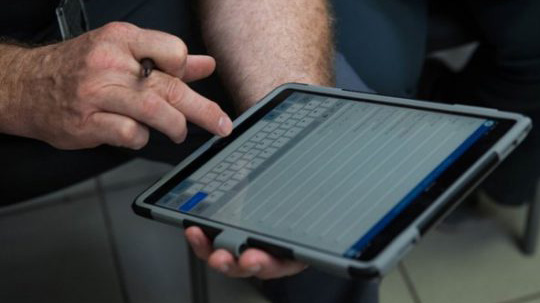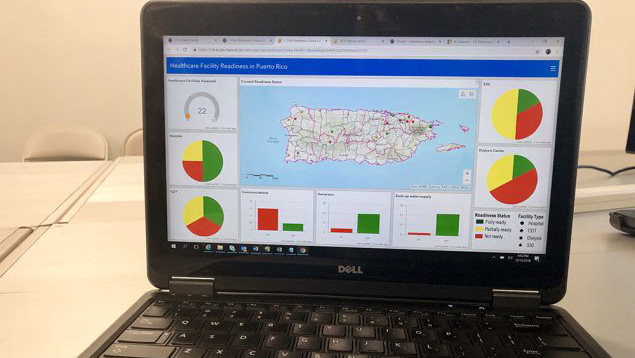Purpose
The Comprehensive Disaster Assessment and Readiness Toolkit (CDART) is a suite of scenario-driven app-based surveys and tools that help standardize how to evaluate if public health and healthcare facilities are prepared for an emergency.

What is CDART?
CDART currently consists of three main tools:
- Readiness check,
- Rapid Disaster Assessment tool,
- Comprehensive Disaster Assessment tool.
These tools were developed in collaboration with the Puerto Rico Department of Health as part of the Health and Social Services Recovery Support Function activities in Puerto Rico. These tools are disaster scenario-based with the aim of capturing the readiness status of public health facilities and determining post-disaster operational status. The tools can be adapted/modified for any state, territorial, or local public health agency.

What can CDART do?
CDART provides real-time information sharing before catastrophic events or emergencies. It can provide a picture of public health assessment activities and allows for tracking team members in the field.
The toolkit allows public health facilities to communicate and rapidly display information before, during, and after catastrophic events and emergencies. A key component of CDART are field-ready surveys using GIS-enabled tablets for quick data entry and immediate upload capabilities. An upcoming key feature of CDART will be the ability for surveys and other tools to be developed for a specific incident, such as a wildfire.
With CDART, visual dashboards rapidly and easily show critical pieces of information on the status of public health facilities—such as back-up capabilities for communications, water and power sources, as well as operations and logistics.
The use of CDART instead of paper-based surveys delivers higher data quality and saves hours of staff time per week. In addition, the user-friendly and customization flexibility, such as dual language capabilities, can play a significant role in communication during preparedness activities and disaster responses. Surveys are downloaded from the cloud, and data are instantly uploaded to the cloud.
Who can use CDART?

CDART will provide tools for local, state, and federal agencies to capture key information in the field and share it immediately during all phases of a disaster, including preparedness, response, and recovery.
As the toolkit is disaster scenario-based, the CDART team provides technical assistance for a variety of public health partners, can easily modify or create any surveys, and can train public health partners on the use of the app-based tools. The toolkit is built using ArcGIS online tools, and state, territorial, and local health departments with a license for ArcGIS online can use this capability. Additional information and support is available from ATSDR by emailing: CDART@cdc.gov

